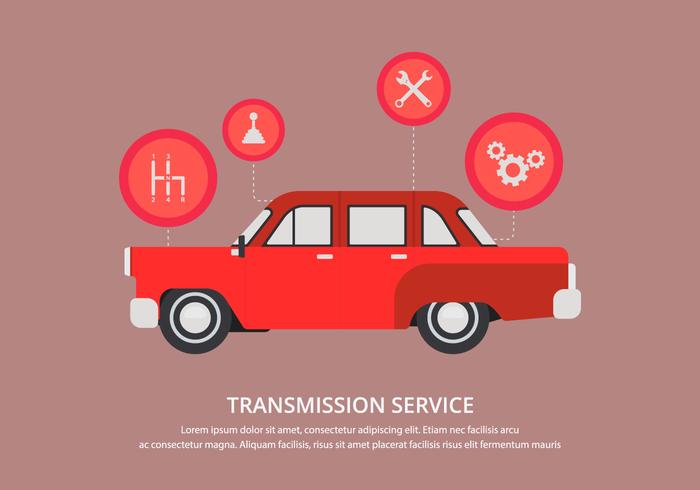Recognizing Your Cars And Truck'S Caution Lights: What Do They Actually Mean?
Recognizing Your Cars And Truck'S Caution Lights: What Do They Actually Mean?
Blog Article
Web Content Produce By-Higgins Winters
When you lag the wheel, those beautiful caution lights on your control panel can be a little bit puzzling. Do you understand what they're attempting to tell you concerning your automobile's wellness? Understanding the relevance of these lights is essential for your security and the durability of your vehicle. So, the following time among those lights appears, would not you want to decipher its message accurately and take the required steps to resolve it?
Common Caution Lights and Interpretations
Determine typical warning lights in your auto and recognize their definitions to guarantee risk-free driving.
One of the most common warning lights consist of the check engine light, which signals concerns with the engine or exhausts system. If carcleaningproductsnz begins, it's critical to have your vehicle checked promptly.
The oil pressure alerting light shows low oil stress, needing prompt interest to prevent engine damage.
A blinking battery light could recommend a faulty billing system, possibly leaving you stranded if not dealt with.
The tire stress monitoring system (TPMS) light informs you to reduced tire pressure, impacting vehicle security and fuel efficiency. Overlooking this could result in risky driving conditions.
The abdominal light suggests an issue with the anti-lock stopping system, endangering your capability to quit swiftly in emergencies.
Last but not least, the coolant temperature alerting light warns of engine getting too hot, which can result in severe damage if not fixed quickly.
Comprehending these typical caution lights will aid you address problems without delay and preserve risk-free driving conditions.
Significance of Prompt Interest
Recognizing the usual warning lights in your car is just the first step; the relevance of without delay attending to these cautions can not be highlighted sufficient to guarantee your safety and security when traveling.
When a caution light brightens on your control panel, it's your car's way of connecting a prospective problem that requires focus. Ignoring these warnings can result in a lot more severe troubles down the road, endangering your safety and security and potentially costing you extra out of commission.
Motivate focus to cautioning lights can protect against breakdowns and mishaps. For example, a flashing check engine light might suggest a misfire that, if left unattended, could cause damages to the catalytic converter. Addressing this without delay can save you from a costly repair work.
In a similar way, a brake system warning light could signal reduced brake liquid or worn brake pads, important elements for your safety and security when driving.
DIY Troubleshooting Tips
If you see a caution light on your dashboard, there are a few do it yourself fixing pointers you can attempt prior to seeking specialist help.
The initial step is to consult your automobile's handbook to understand what the details warning light indicates. Occasionally https://troyhbcxr.blog-a-story.com/12594212/mobile-car-outlining-convenience-fulfills-high-quality-for-your-car can be as straightforward as a loose gas cap triggering the check engine light. Tightening up the gas cap might deal with the trouble.
One more common concern is a reduced battery, which can cause different alerting lights. Examining the battery connections for corrosion and ensuring they're protected might take care of the trouble.
If a caution light continues, you can try resetting it by separating the vehicle's battery for a few minutes and after that reconnecting it. In addition, inspecting your lorry's liquid levels, such as oil, coolant, and brake fluid, can aid repair cautioning lights related to these systems.
mobile car cleaning auckland
To conclude, recognizing your automobile's warning lights is necessary for keeping your automobile running efficiently and safely. By quickly resolving these notifies and understanding what they indicate, you can stay clear of expensive repair work and potential failures.
Keep in mind to consult your automobile's guidebook for specific details on each advising light and take action as necessary to ensure a trouble-free driving experience.
Remain informed, stay risk-free when traveling!
